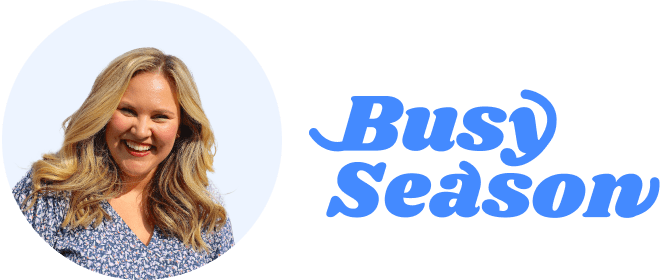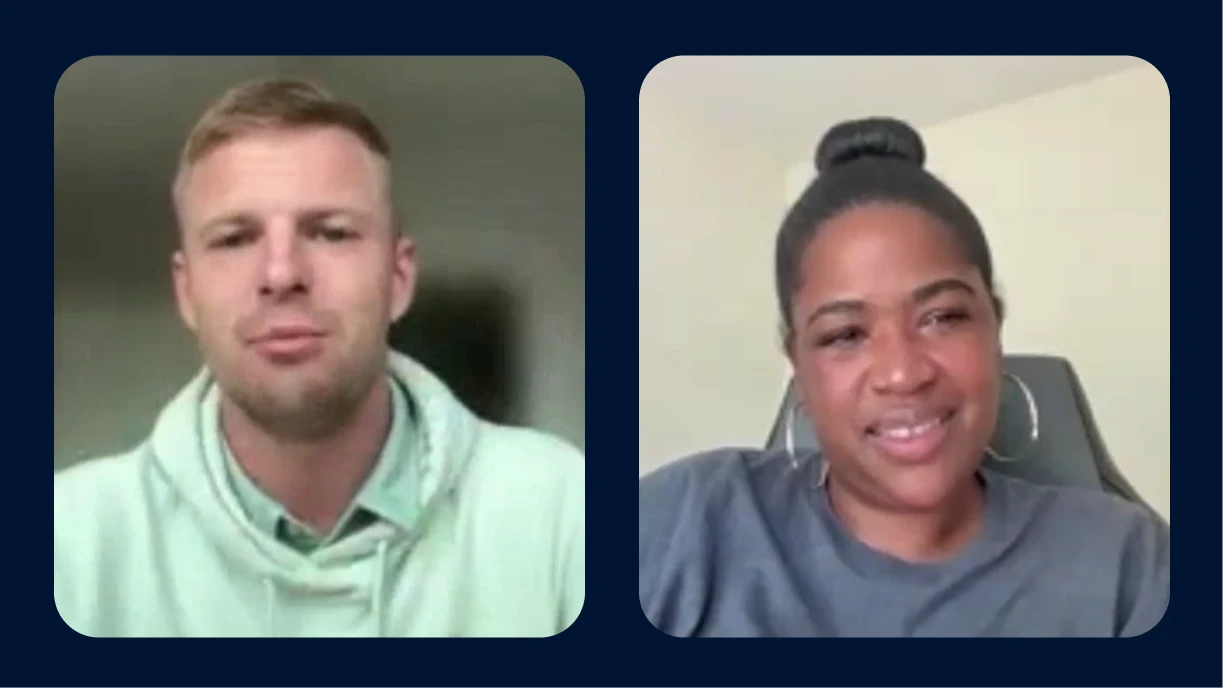From The Great Resignation to “quiet quitting,” the pandemic’s aftermath continues to ripple throughout the workforce, presenting challenges for businesses of all sizes. While much of the buzz is aimed at improving corporate culture and preserving employees’ well-being, a great team starts long before PTO and incentive trips kick in.
Fostering an inviting work environment is vital for growing businesses, but even the best setting isn’t enough if your team members aren’t a good fit. So if you’re looking to build a reliable team, the first step is to set your sights on hiring and onboarding people who are dedicated to elevating your brand.
Whether you’re seeking to fill client-facing roles or you need behind-the-scenes support, here are the tools industry leaders say are most critical for hiring amidst the new (and ever-changing) workforce.
A Clear Job Description
A job description is more than something to post on career sites and Facebook groups—it also serves to help you define the role you intend to fill and communicate expectations with potential candidates.
Jacqueline Vizcaino of Tinted Events confirms as much, noting that “a good job description is critical. It should be clear, concise, and detail what the company is looking for in a candidate. It should include the pay rate and schedule or expected availability.”
But more than listing job responsibilities, it’s a way to showcase the benefits of working in your company beyond a paycheck. “Even though a company wants to be clear on what is expected from the team member, there should be some degree of benefit listed from the employer on the description,” Vizcaino explains. “Whether it is the benefits package or the flex schedule, there should be something other than the compensation that will drive excitement.”
Consider your job description as an internal tool that keeps you on track when hiring, while also serving as a way to market your business to the best applicants.
A Defined Hiring Calendar
The hiring process is often lengthy and complicated for employers, but there’s no reason to keep applicants in the dark. Today’s workforce is quick to change directions, so establishing clear expectations about when and how your hiring process works can prevent losing strong candidates to other opportunities.”
Creating a hiring calendar is important to the success of onboarding new staff members,” assures Shannon Tarrant of Wedding Venue Map. “When you, as the hiring manager, know when you plan to complete interview rounds, make an offer, and plan for training, you can better answer questions about how long it will take. Today’s candidates want to understand the company’s hiring processes.”
Keeping an open line of communication throughout each hiring round demonstrates transparency and sets the tone for a long-term working relationship. Remember: “We’re still working on it and will reach out soon” is always better than radio silence!
An Interview that Digs Deeper
Asking candidates about their job experience and the abilities they bring to the table can only provide so much insight. And in an industry built on soft skills like communication and problem-solving, it’s wise to put applicants to the test before making a decision.
Amber Anderson of Refine for Wedding Planners recommends “focus[ing] your questions on emotional intelligence and problem-solving.”
Or, if you want to see their personalities play out in the real world, Anderson shares a trick up her sleeve. “Throw them off before they even arrive by giving slightly misleading directions for parking or maybe the wrong (but very nearby) address,” she says. “As a result, you’ll be able to see their problem-solving skills in action and, further, how they recover from feeling frazzled.”
Another way to gauge whether someone fits a role is through third-party personality tests, as Naiyah Hodge of Pharris Photos encourages. “Ask your applicants to take a strengths assessment. We have our team take the Gallup Strengths finder! Again, you must have the right people in the right seats. A strength assessment will help you achieve this. But, again, it is crucial to know the people you’re hiring before hiring them.”
So yes, you can still ask those tried-and-true interview questions—but look for ways to complement them with other elements that help you get a well-rounded understanding of who will provide the most value to your team.
Conversations with References
When you’re in a rush to fill a position, it’s tempting to cut corners and hire based on someone’s resume and application. But before making it official, Nora Sheils of Rock Paper Coin and Bridal Bliss urges business owners to call up those references.
“You can learn a lot about a person from what past employers might say about them,” she notes. “What is shared may not have been viewed as a negative in their mind, but in your business, it could be. Or vice versa. I was about to discount a potential employee, but when I spoke with her last boss, she completely changed my opinion, and today she is one of my best hires!”
Waiting to hire the right person is a far better approach than pulling the trigger too soon and having to fire someone—and restart the hiring process over again. Do your due diligence and leave no rock unturned, including job references.
A Reliable Onboarding Process
Once you’ve found the best person for the job, you may be eager to get them up to speed right away. But without training resources or a defined onboarding process, your new hire will likely end up overwhelmed and unsatisfied with the lack of support.
“Too much, too fast for any team member often doesn’t work out in the end, and then you’re right back where you started from having to find someone new,” assures Julianne Smith of Garter Girl Creative. “Identify small projects they can take on one at a time so that you can feel for each other and how the relationship could work.”
Adrienna McDermott of Ava And The Bee chimes in, noting the importance of establishing SOPs (standard operating procedures) before hiring. “No matter who you hire, having processes in your business will make adding a team easier,” she promises.
Beyond SOPs, McDermott suggests having collaborative software set up to facilitate onboarding and workload management. “Look for a project management or CRM system to help you track your work in real-time,” she says. “Some popular project management options are ClickUp, Asana, and Basecamp. Popular CRMs are Honeybook, Dubsado, and 17 Hats. The more organized you can get, your team can be more organized!”
In addition to an easier hiring and onboarding process, effective systems can streamline every aspect of your business from maintaining client relationships to forecasting quarterly cash flow. Needless to say, it’s worth the investment of your time!
While the workforce may look different in this post-pandemic season, clarity and intention remain linchpins for an efficient and successful hiring round. Start with a clear and detailed job description, and use it as your guiding light to find the best fit for your team!






